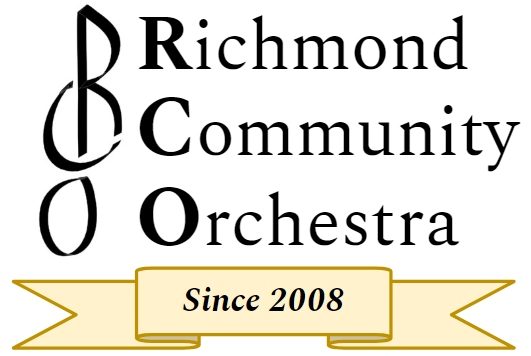Prelude for a Celebration by Jay Conard
This started as a keyboard piece for the wedding of a nephew in Florida.
However, it grew in my mind to something that needed an orchestra to
give it full voice. The brass starts with a fanfare while the strings fill out the lyrical melody in the second half.
Gold and Silver Waltz by Franz Lehar (1870-1948)
Franz Lehar wrote this at the request of Princess Metternich for a ball in Vienna in
1902. It is in the long line of ‘name’ waltzes written for the Hapsburgs and other royals by the Strauss’s and others. Many consider Strauss to be part
of the Golden Age of Viennese Waltz music and Lehar as his successor in the
Silver Age. Needless to say this tradition ended with the advent of WWI.
This is a Waltz in the old Viennese style with an introduction ( in 4/4 time),
several independent themes and a coda to bring it all together. Lehar’s most famous work is the Merry Widow operetta and the Waltz of the same name. Lehar died in 1948 and so we are lucky enough to have recordings he made to hear how he wanted his music performed.
Victory at Sea by Richard Rodgers (1813-1883)
Victory at Sea was adocumentary produced and aired on NBC during 1952-53. It is in 26 half hour segments which makes the total length of the musical score 13 hours. Rodgers wrote the main themes for the project (such as Song of the High
Seas, Death and Debris, Guadalcanal March, Song of Victory) but it was up to
arranger Robert Russell Bennett to flesh-out the full 13 hours and write the
orchestrations. Bennett also arranged and orchestrated almost every big name musical during the Golden Age of Broadway musicals (including works by Jerome Kern, Irving Berlin, Rodgers and Hammerstein, Cole Porter and others).
Two parts of this medley you may recognize are Beneath the Southern Cross (which is a tango that became the song “No Other Love”) and the Guadalcanal
March.
Time Enough to Dream by Jay Conard
This is a ‘lullaby’ that I wrote when a friend of the family’s son was born in 1990. He graduates this spring from high school and looks forward to playing college football at Lindsey Wilson College in Kentucky. I’ll refrain from identifying him at this time to keep from embarrassing him. Needless to say, if I had written it for my son, I wouldn’t hesitate to embarrass him! Our soloist is Nathan Sebens who many of you may recognize from Richmond Civic Theatre’s recent
production of Beauty and the Beast.
Two Pieces from the Lyric Suite by Edvard Grieg (1843-1907)
Grieg wrote numerous piano pieces organized in suites call Lyric Pieces. On a previous concert we played one of these: Wedding Day at Troldhaugen, Today we perform Norwegian Rustic March and March of the Dwarfs. The first piece is in 6/8 time and uses characteristic folk rhythms from Norway. The second piece is in an A-B-A structure with an energetic march interrupted by somewhat of a love song. Think of it as Shrek meets Fiona.
Over the Hills and Far Away by Frederick Delius (1862-1934)
It has been said that Delius spent the first half of his life pursuing the world
and the second half, withdrawing from it. Frederick Delius was born in
Yorkshire England to German parents. As a young man, they sent him off to Florida to run a citrus plantation and to get the idea of a music career out of his head. Even the relative wild and unsettled Florida of the late 19th century afforded him with opportunities to study and perform. At various times he studied with individuals and performed as an organist in a Baptist church and as a Cantor in a synagogue. He returned to Europe and eventually spent most of his life in France. He became a close friend of Edvard Grieg (composer of the previous pieces) and traveled many times to Norway. This piece is not based on any folk tune (although there are numerous of the same title), but instead is somewhat of a composite travelogue of his many travels and especially of the rugged hills of Yorkshire where he grew up. It has been said that it might better be called “Once Upon a time…” for it sounds more like a grand story of castles and knights. The opening brings to mind the mist lifting off the distance mountains in the early light of day. The French horn sounds a call from a distant
hill and soon after the grandeur of the whole valley is revealed in full sunlight. Another section brings to mind a Scottish tune and perhaps an ivy enrobed abandoned castle. The earlier sections return until all are brought together in a rousing finish.
American Frontier by Calvin Custer
This medley of American tunes includes: The Girl I Left Behind, an old Irish tune used by the British and U.S. military. It is still played at West Point during final formations at graduation; Chester, a New England hymn-tune by William Billings written around the time of the Revolutionary War; Oh Susanna by Stephen Foster; Shenandoah, a tune used on sailing ships and ends with a stirring version of America, the Beautiful.
